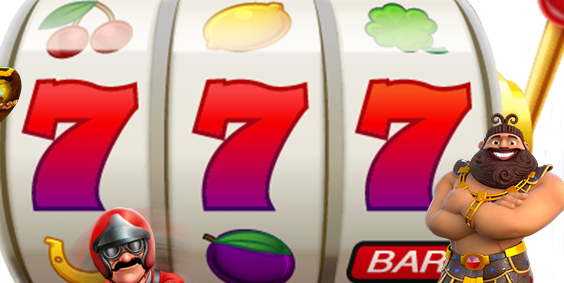The Basics of Poker

Poker is a game of cards where the object is to make a winning hand by betting against your opponents. There are many different variants of the game, but all share some common rules. To play poker, you must first cut the deck of cards into two equal parts so each player has the same number of cards to begin with. Next, the dealer will deal each player 2 cards face down. Each player then decides whether to fold, call, or raise. When you raise, it means that you want to increase the amount of money that everyone is putting into the pot. A raise is often a good idea because it will force weak hands out of the game and raise the overall value of the pot.
The first round of betting in a poker hand is called the flop. Once all the players have a look at their cards, they will bet on the outcome of their hand. This is because the flop will reveal more information about each player’s hand. For example, a flush will contain 5 consecutive cards of the same suit, while a straight will be 5 cards in order but from multiple suits. A pair is made up of two matching cards, while a three of a kind contains 3 matching cards of one rank and two unmatched cards. Four of a kind is a very strong hand, and five of a kind is the highest possible poker hand.
After the flop, the third card is revealed in the next round of betting, which is known as the turn. Then the fifth and final community card is dealt in the last betting round, which is called the river. This is a very important step in the poker game, as it will determine if any of the remaining players have a strong enough poker hand to win the pot.
It is normal to miss a few hands when you are new to the game of poker, but it is important not to miss too many. If you need to go to the restroom, refresh your drink, or take a phone call, it’s okay to sit out a hand – but make sure to say so before doing so. It’s also courteous to only skip a few hands at a time, so that the other players at your table don’t feel neglected.
One of the most important things to do when playing poker is to learn how to read your opponents. This isn’t as easy as it sounds, but it is crucial to the success of your poker game. While a large part of reading your opponents is understanding subtle physical poker tells, a majority of the information you need can be gleaned from their betting patterns. For example, if a player consistently checks early in a hand then it is likely that they have a mediocre hand. On the other hand, if a player raises every single time they are in the pot then they are probably trying to win the pot with their monster hands.
